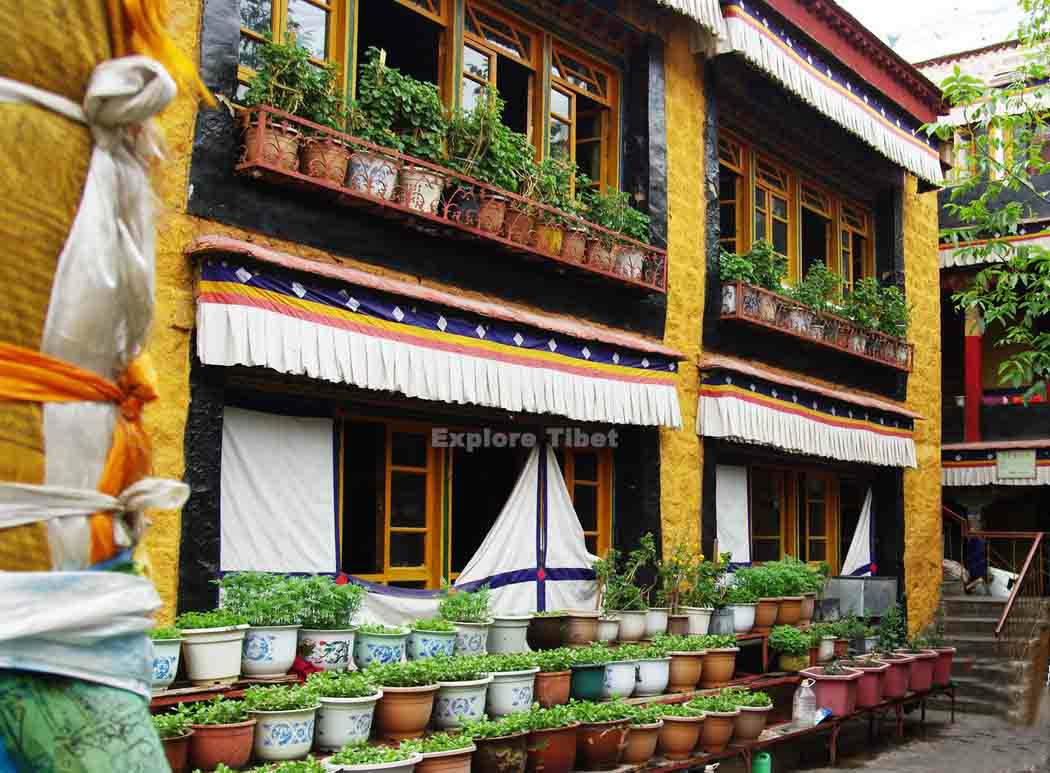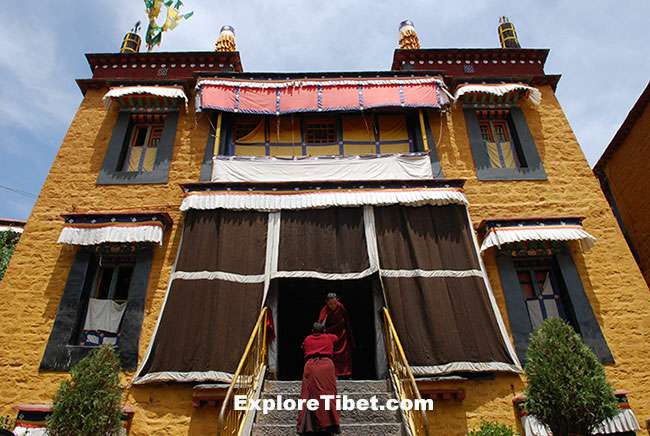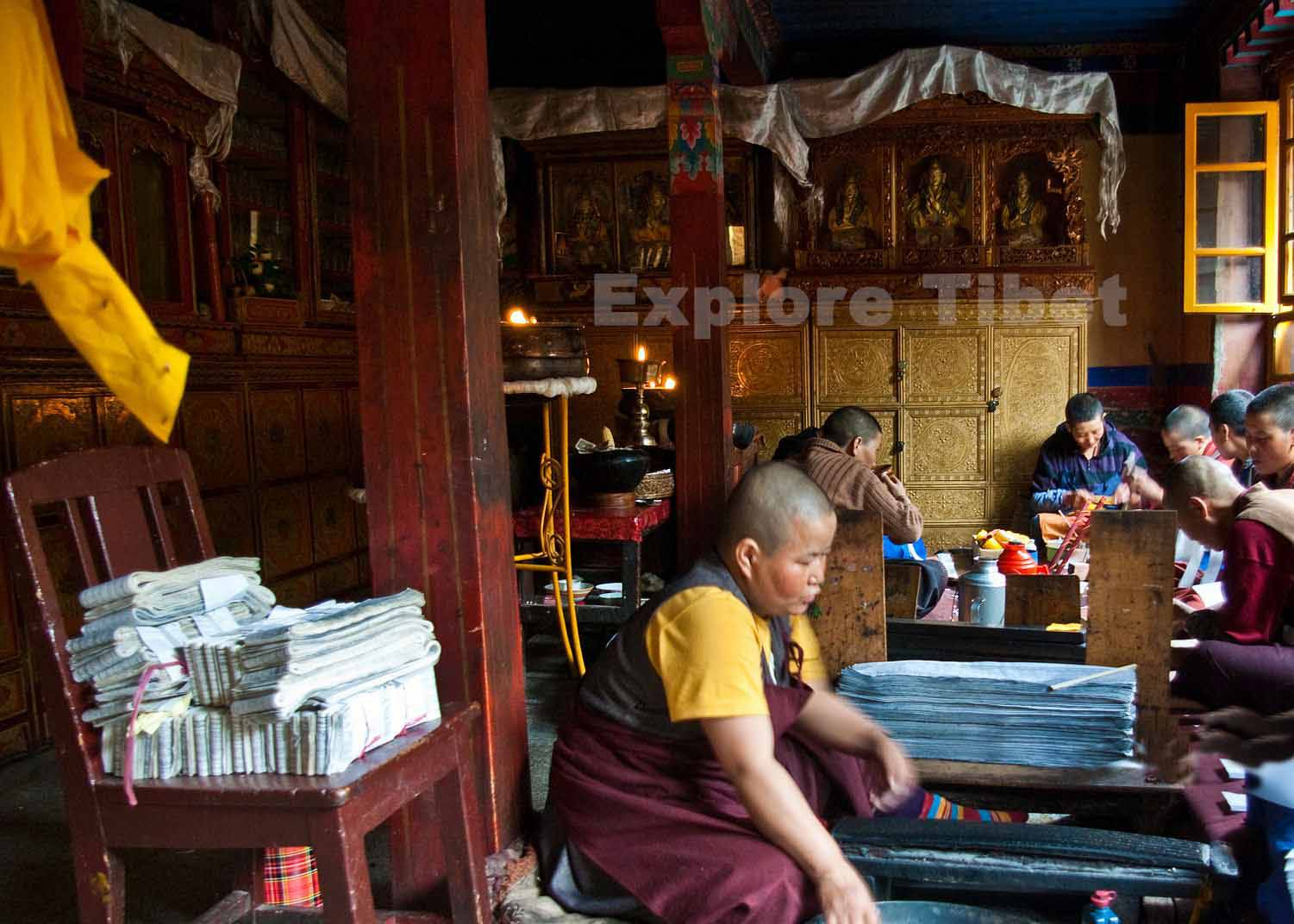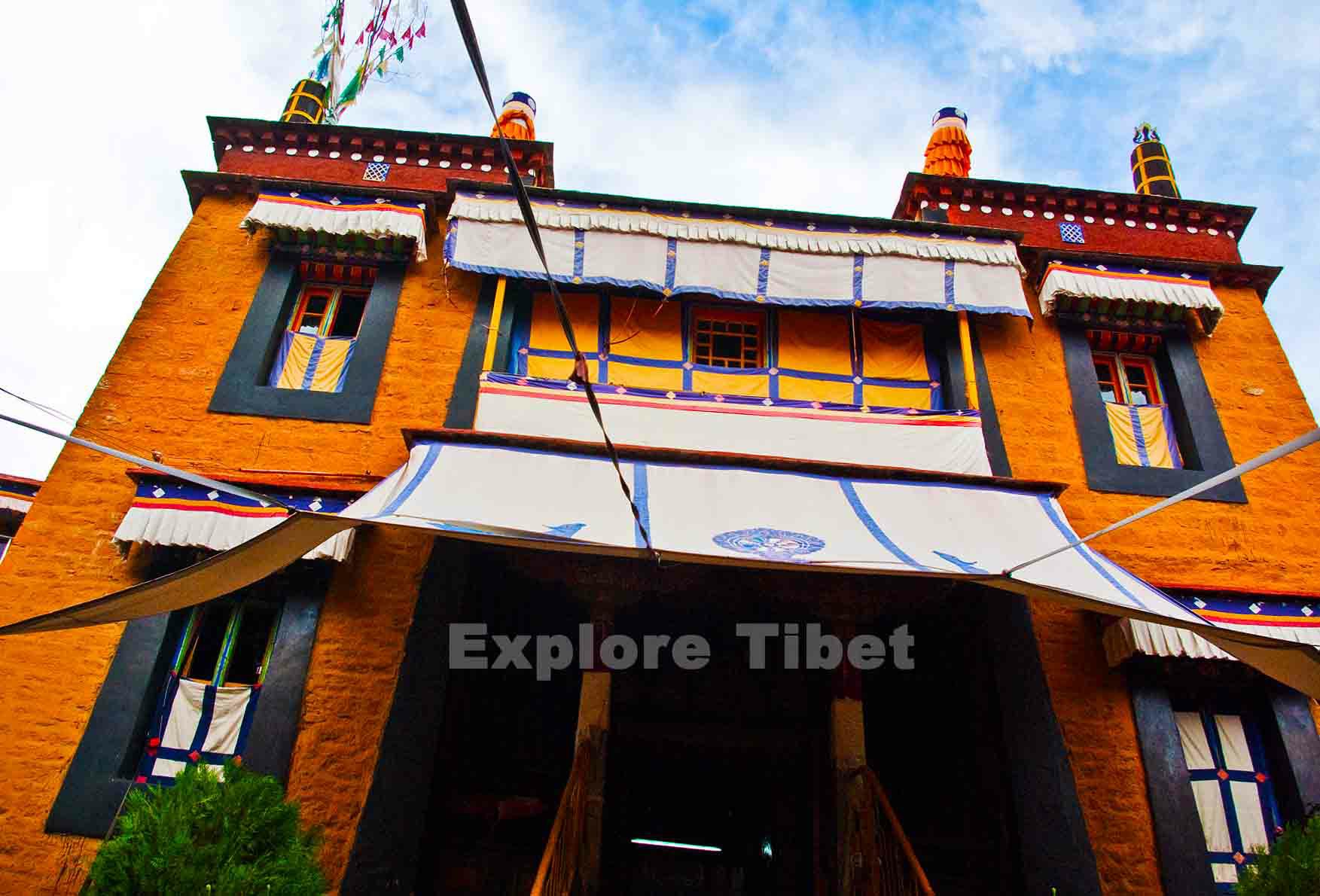Ani Tsangkung nunnery is located along the Lingkor pilgrim circuit in Lhasa. It is a place where now female Buddhist followers can still practice the importance of Buddhism. Historically, the small nunnery could be dated back to the 7th century, which is during the time of the Tubo kingdom period. It is said that during the summer period in Lhasa, especially those farmlands and villages on both banks of the Lhasa River were always destroyed by the disastrous floods. So the religious king Songtsen Gampo dug a hole in the upper reaches of the Lhasa River and prayed for peace and safety of his people in the hole.

Where people called Tsangkung which literally means a hole in Tibetan. The hole remained the same till one of the disciples of Tsongkapa constructed Ani Tsangkung nunnery by preserving the hole that was initially dug by the religious king. Gradually the Tsangkung nunnery was expanded and now there are more than 100 nuns residing in the Ani Tsangkung nunnery.

The nunnery is still so active that nuns will pray or do chanting from morning to evening. Nuns will take care of their own environment, and some nuns cook as well. Now the nunnery is quite popular for its practice and beauty even though it’s much smaller than other Buddhist monasteries and temples. Currently, the nunnery contains the Chengreysig statue (compassionate Buddha), Tsongkapa, and Bodhisattvas like other Buddhist institutions. It also owns a small local teahouse with amiable staff inside.

Many of the old-aged Tibetans take a rest and sit for a local tea drink in this particular teahouse. Even some people like to spend more time in the teahouse by chit-chatting with nuns inside the nunnery. Nuns also have the same reactions for local people and tourists as well.

